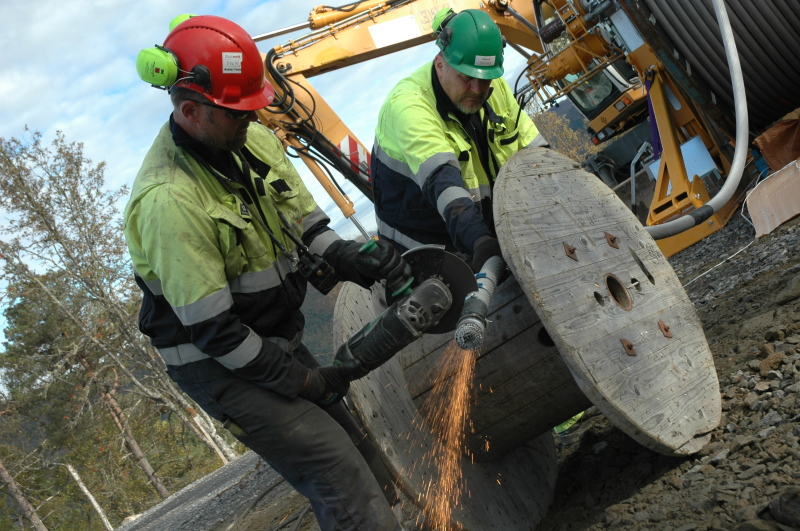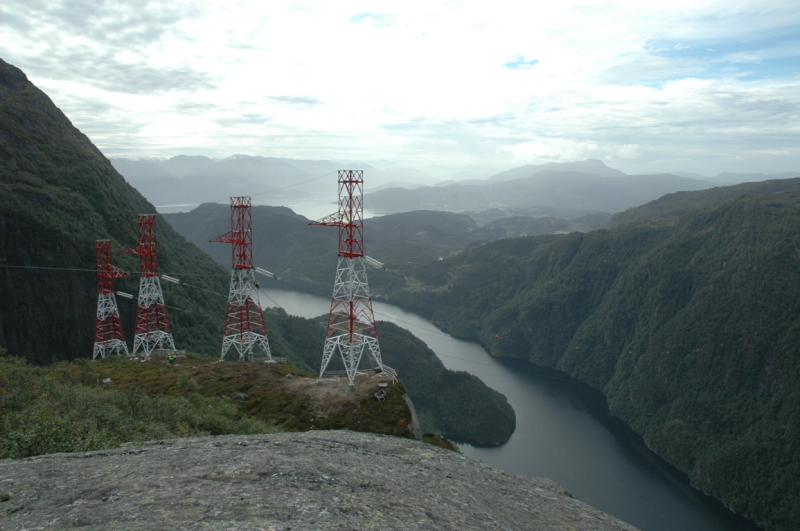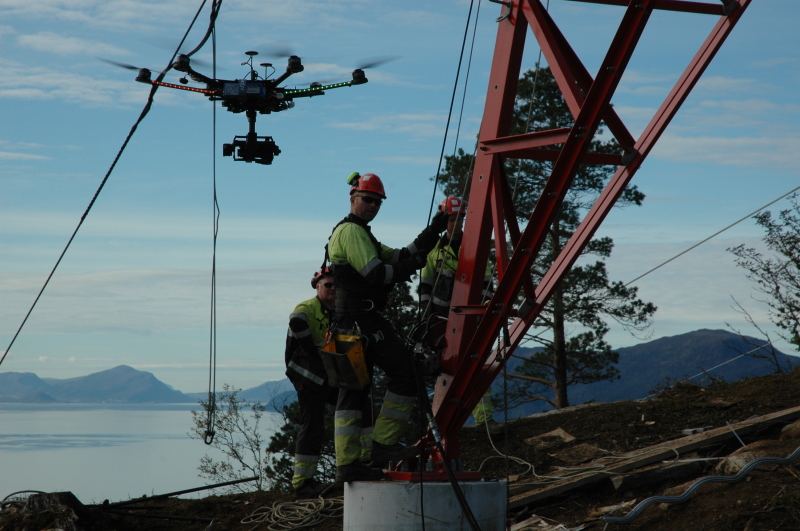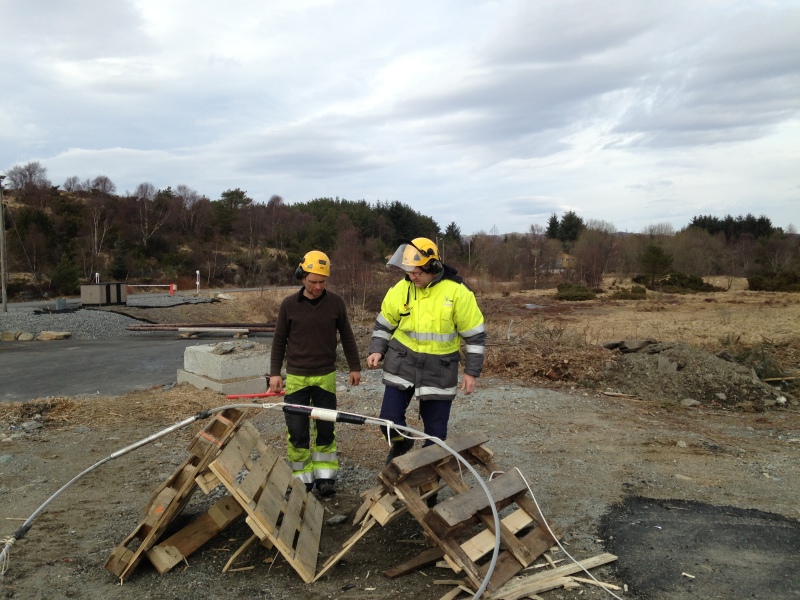ADVANTAGES of IMPLOSIVE SPLICING
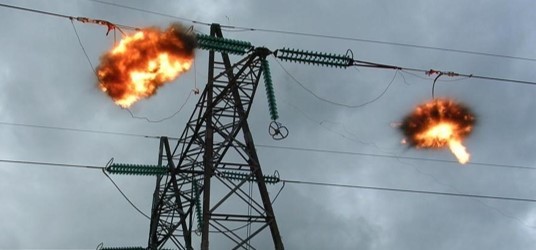
 Implosive Splicing
Implosive Splicing
Implosive splicing is a method of joining high voltage conductors using precisely engineered implosive energy instead of a hydraulic press to join overhead conductors. The implosive method produces a splice with greater mechanical strength and better electrical performance than anything possible by conventional hydraulic methods.
The method is ideally suited for conductors where connectors must meet extremely high tensile loads and electrical demands, and where installation must often be carried out in demanding physical conditions. Scandinavia has a proven 60 year record of implosive splicing, where this method is now used exclusively for all high voltage splicing requirements and many steel cable joining applications. The rest of the world is beginning to adopt this technology as utilities and
contractors begin to recognize its many benefits…
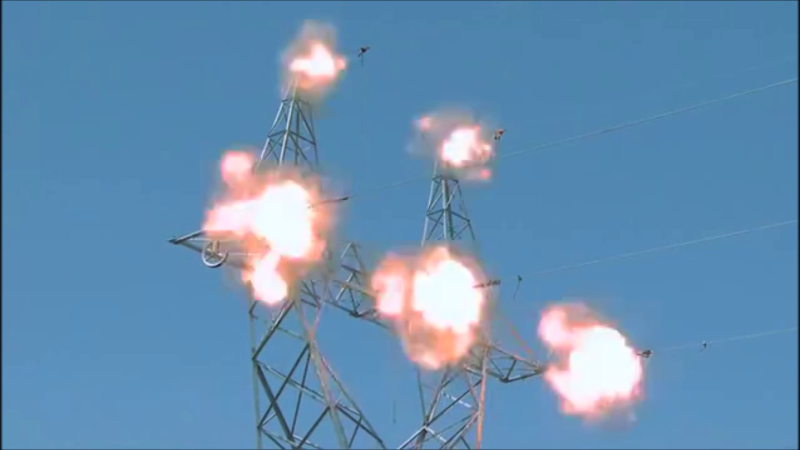
 Lower Cost
Lower Cost
The cost of implosive splicing is a lot lower than hydraulic compression. All in, with time and equipment savings, the cost can be less than half the cost of hydraulic.
There is no need for compression dies or heavy equipment, which can result in a significant cost saving.
There is no need for inhibitors as the joint has virtually no voids between the splice and the conductor, and the connector never requires maintenance.
The installation process is easier and more versatile, which makes for greater versatility and enables installation to be carried out in any terrain and in almost any weather conditions.

 Faster Installation
Faster Installation
The process of implosive splicing eliminates many installation variables that are required in conventional compression procedures, which greatly simplifies the process.
Labour studies have confirmed an average 66% reduction in labour and equipment time when dead-ending a tower using implosive fittings, as compared to using hydraulic fittings. This reduces project completion time for building a typical transmission line to about a third.
Implosive fittings can be installed in multiples, which greatly speeds up the installation. Preparation time is minimal, so the time savings can add up significantly. Post-installation is also minimal, as no filing or sanding or clean-up is needed. Moreover, new workers can be quickly trained in the process.

 Mechanically Stronger
Mechanically Stronger
Once installed, an implosive splice is permanent, and will never need replacement.
Mechanical strength of an implosive connector exceeds the RTS of the conductor itself. Tensile testing typically shows breaking load at about 105% of the RTS of the conductor, and breakage always occurs in the conductor, not in the splice.
Implosive splicing compresses the sleeve in the inward direction so quickly that there is no time for the sleeve to elongate. This avoids birdcaging, and offers the added advantage that splices can be installed within a short distance of each other, which makes repair work a lot easier.

 Better electrical integrity
Better electrical integrity
The implosive energy bonds the surfaces of the sleeve and the conductor so well that electrical conductivity between the two is as good as or better than that of the conductor.
Corrosion does not occur inside the splice, which contributes to the overall quality of the joint. The joint has no corona or hot spots and line losses are thereby greatly reduced.
The superior quality of the joint allows it to be used in high temperature applications without compromise to performance or durability. Implosive connectors have successfully been tested to 500 cycles at 250 degrees C above ambient.
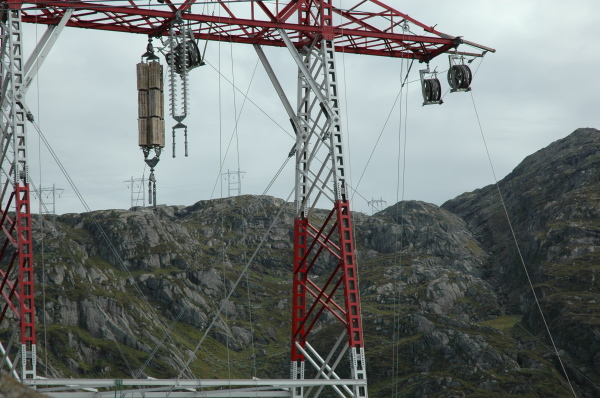
 Faster Stringing
Faster Stringing
Implosive splices can be pulled through stringing blocks without damaging the splices, the conductors, or the sheaves. This feature reduces stringing time to a fraction.
This also grants much greater flexibility in deciding where to position pulling and tensioning stations and their access roads, which also reduces the number of pulling sites and access roads needed. This reduces the footprint required for the stringing operation as well as the time needed for carrying out the stringing operation.
For example, a 6-bundle conductor has been pulled in one go, a deflection angle of 45 degrees has been achieved, and a distance of 40 km has been successfully pulled in one go.

 Live Line Installation
Live Line Installation
Implosive splices can be installed on energized lines. There is no need to de-energize the conductors for installing implosive connectors.
This can save a lot of time and expense, while avoiding the loss of revenue and disruption to the community which would be caused by scheduled outages.
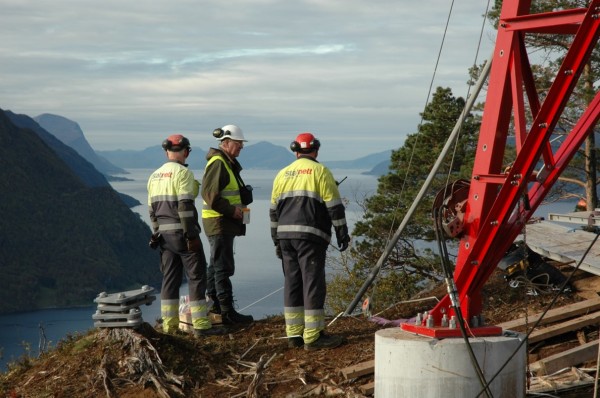
 Safety and Security
Safety and Security
Explosives contain a lot of energy, but when engineered properly, this energy can be harnessed to do useful work – work that no other tool can do. Explosives also exhibit a high degree of consistency, which makes them relatively safe when handled properly.
Implosive splicing has been refined to a high degree of precision and consistency. They are designed with a low-sensitivity charge that requires a specific detonator to initiate, so they will not detonate until they are purposely initiated. Despite this, they must still be treated with the utmost of care and respect. Implosive splices are stored in licensed magazines, regulated by the Explosives Regulatory Division of Natural Resources Canada.
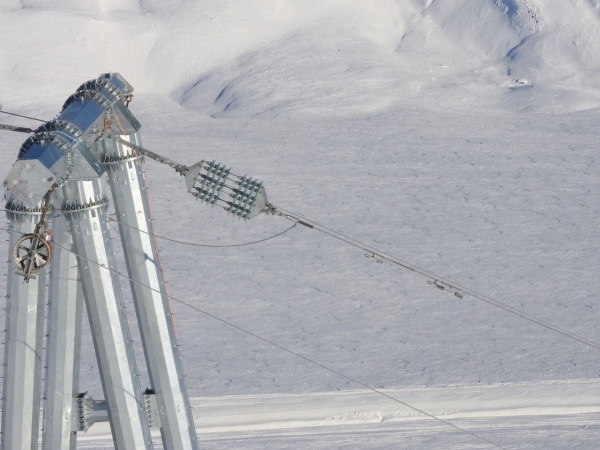
 Any Weather Conditions
Any Weather Conditions
Typically, weather is one of the limiting factors affecting project work when installing conventional compression fittings. With implosive splicing, however, this is all but eliminated. Implosive sleeves can be installed in almost any weather conditions, giving a greater level of control for project management.
Extremely cold conditions can be particularly problematic for hydraulic presses which need to be warmed and dies that need to be replaced or reworked. Implosive splicing requires no pre-heating or other preparation and is easily installed in very cold conditions.
The important thing to remember is that water must be kept out of the splice. Small amounts of moisture are acceptable, but water must be kept out. This is a very important thing to keep in mind and in the field this is quite easy to achieve.
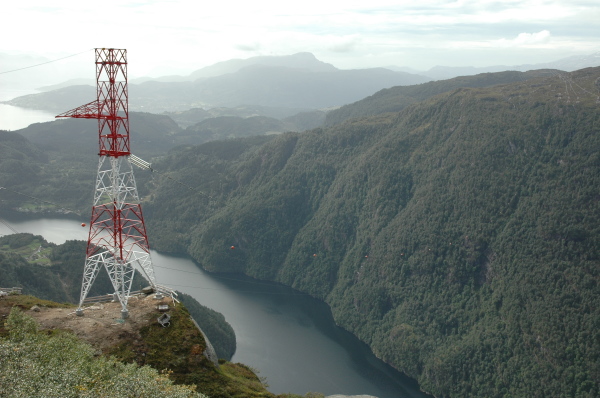
 Greener Footprint
Greener Footprint
Since no hydraulic equipment is used, there is no need for hydraulic fluid to be brought to the site, meaning there is no chance of spillage.
The reduced need for pulling stations and access roads and the greater flexibility in selecting their locations greatly mitigates the impact on the environment and enables much broader flexibility in positioning the transmission line, potentially enabling placement through environmentally sensitive areas that would otherwise not be possible.
The only inconvenience to the neighbourhood is the loud crack at the moment of installation, but this is a one-time imposition which can be managed easily enough as necessary. Once installed, that joint will never need to be installed again and that inconvenience need never be repeated.
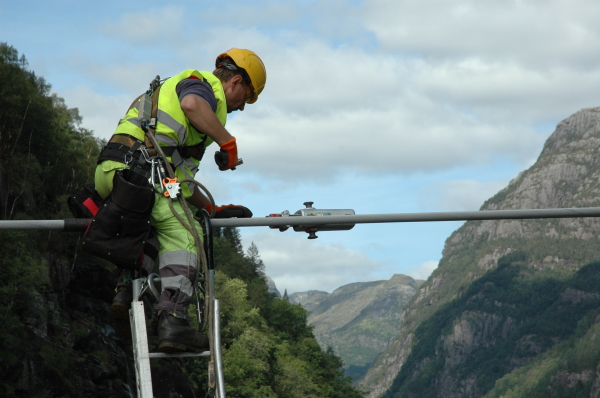
 Easily Verified
Easily Verified
Implosive sleeves are easy to install. But if one should ever be installed incorrectly, that mistake will be easily noticed by simple visual examination.
Installation quality can be immediately confirmed by visual inspection, eliminating costly and time-consuming radiographic testing. There is no need for X-ray or other equipment to confirm if the installation was made properly.
It is a rare event that an installer does not get it right. In a recent project of 7,000 splices, only 8 were installed improperly. These were discovered right away and were immediately replaced.

